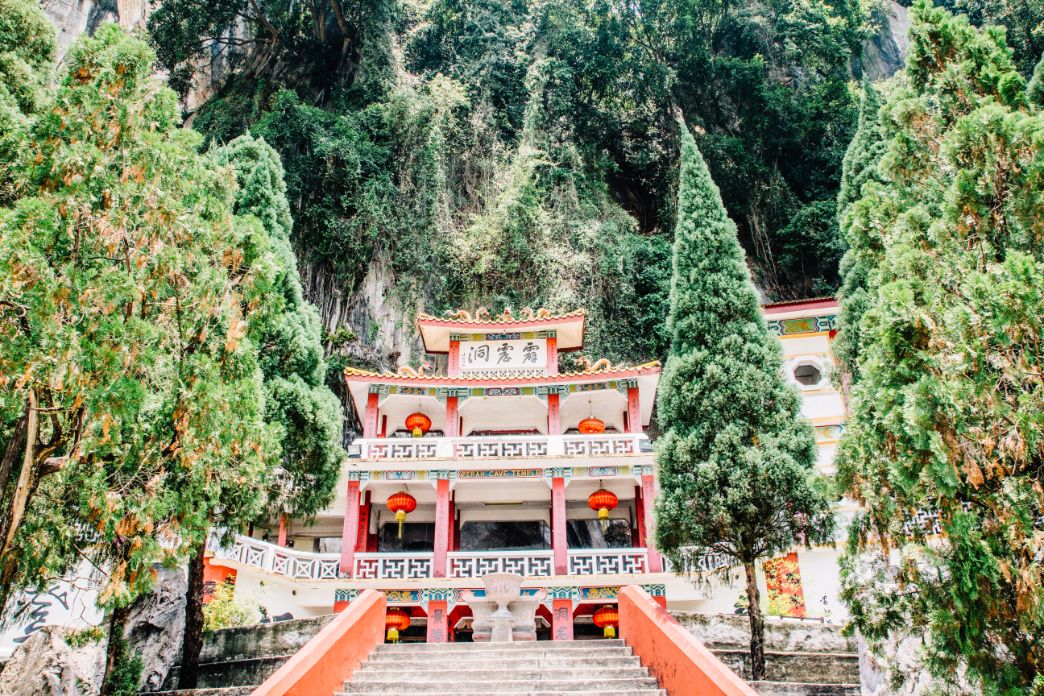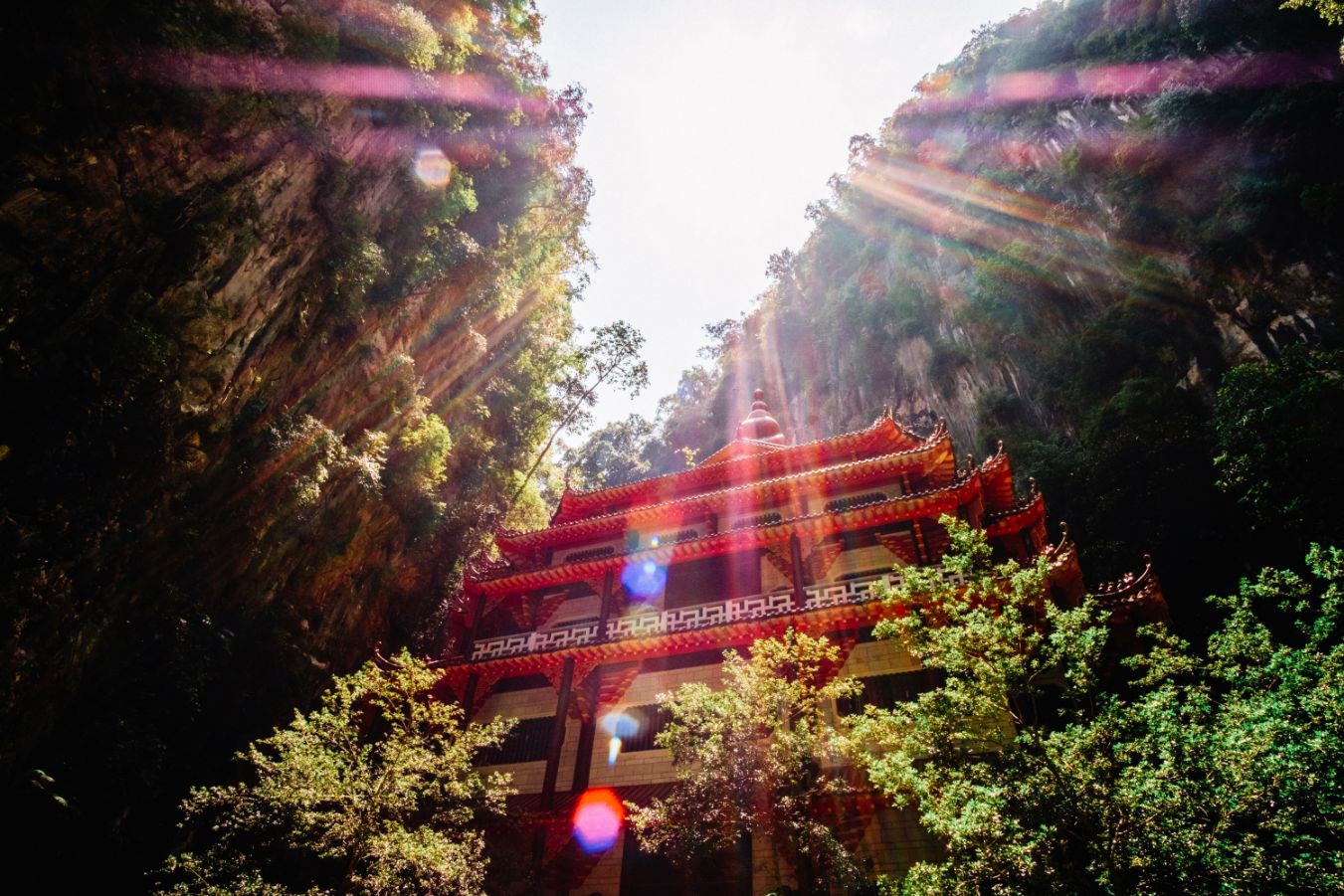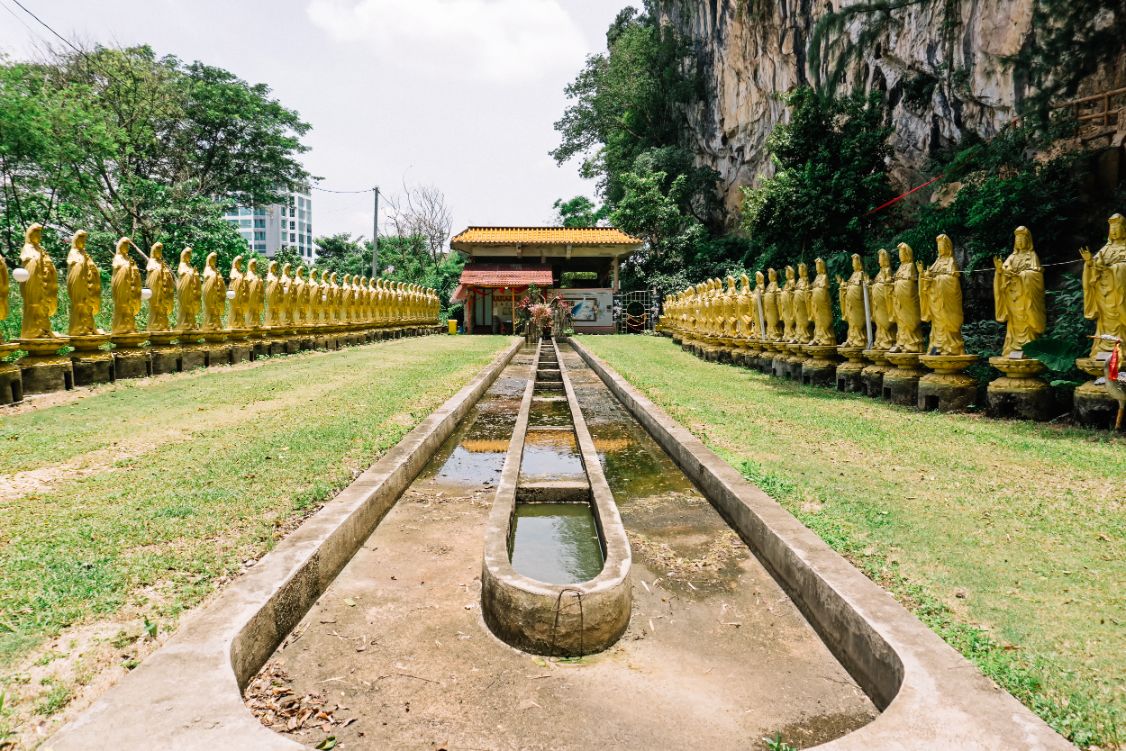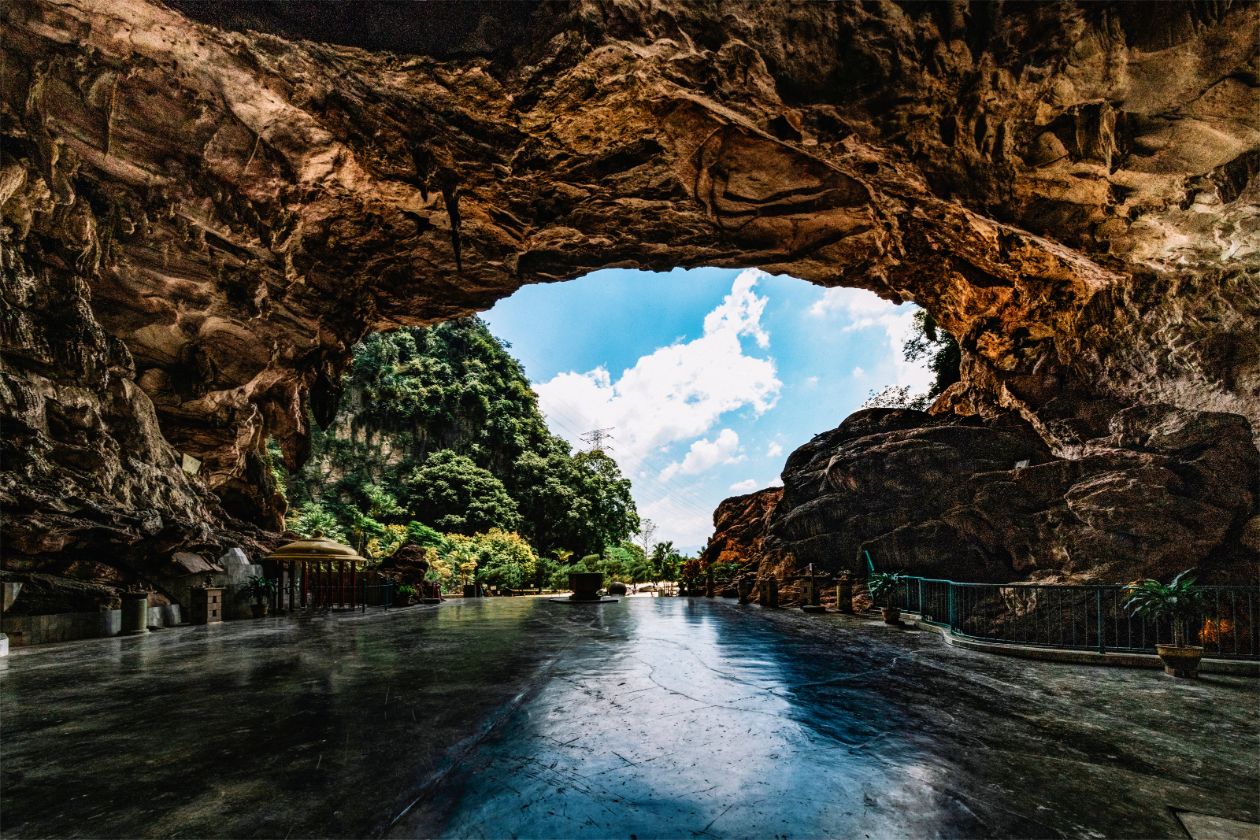5 gorgeous cave temples to explore in Ipoh, Perak
Whatever you may use to describe caves, there’s definitely something awe-inspiring about the majestic chambers and formations, carved out of nothing but the steady flow of water through rock for millions of years. This same sense of awe must have gripped early Chinese settlers to Ipoh, who discovered the many untouched caves burrowed into limestone hills surrounding the area, and thought them fitting as tranquil oases for meditation and prayer.
Today, Ipoh is home to almost 30 cave temples, mostly dedicated to the worship of Buddhist and Taoist deities. Here are five that every traveller to Ipoh should explore.
1. Perak Tong Cave Temple
Founded in 1926, the Perak Tong Cave Temple is arguably one of Ipoh’s most popular attractions. The cave sits at the foot of a 120m-high limestone outcropping and was discovered by Chong Sen Yee and his wife, who came to Malaya from Jiaoling, China. Over the next 50 years, the couple worked laboriously to transform it into a beautiful place of worship. Visitors will be greeted by an impressive red and white facade, set amidst a backdrop of hills and lush greenery. Inside, a 15m-tall Buddha statue sits in the main prayer hall, surrounded by four guardian deities. One of the temple’s most distinctive features is the colourful hand-painted frescoes, depicting Buddhist deities and mythical creatures such as dragons and phoenixes alongside scripture calligraphy. If you’re up to some physical activity, climb a narrow staircase of 358 steps to reach a garden, a pavilion and a vantage point with breath-taking views of the valley below.
2. Sam Poh Tong Temple
Sam Poh Tong Temple is touted to be the biggest cave temple in Malaysia and can be found within the Gunung Rapat area, which boasts the highest concentration of cave temples in the region. Blending man-made beauty with nature, the temple features beautifully carved Buddha statues in various forms, interspersed among the cave’s majestic-looking stalactites and stalagmites. Legend has it that in the late 19th century, a monk from China was passing through Ipoh when he discovered the cave. He decided to make it his home and meditation place, where he remained until his death. Today, monks and nuns who dedicate their lives to Buddha still occupy the temple. Outside the cave is a landscaped garden which includes a Japanese pond stocked with fat carp and tortoises, symbolising longevity, as well as a wishing well for those seeking good fortune.
3. Lin Seng Tong Cave Temple
Just a stone’s throw away from Sam Poh Tong is Ling Sen Tong, a Taoist cave temple. Its name literally translates to ‘Rock of Heavenly Spirits’. The temple’s colourful facade, which features curving yellow roofs, red pillars and blue walls, is notably different from other cave temples in the area. Enter to ‘meet’ various Taoist deities and characters from folklore, such as the monk Xuan Zhang and his disciple the Monkey King from the Chinese classic Journey to the West. The spacious compound is also home to statues featuring the 12 animals in the Chinese zodiac. At the main prayer hall, visitors can pay respects to the deities resting on altars built into the cave’s walls. Look up to marvel at the cave’s roof, stained black from smoke and ash from the millions of joss sticks offered up over the years – proof of the locals’ devotion to the temple.
4. Kwan Yin Tong Cave Temple
Also located within Gunung Rapat, Kwan Yin Tong is a lesser known cave temple dedicated to the deity Guan Yin (or Kwan Yin), venerated as a goddess of mercy in many East Asian cultures and religions. The temple’s modest front belies an impressive main chamber, which extends for about 20 metres under the cliff. Inside, the floor is tiled over with marble and the walls are whitewashed to about two-storeys high, leaving the rest of the cave’s natural state intact. A main Guan Yin statue sits at the altar, flanked by dozens of smaller gold ones lining the walls. There are a total of 75 Guanyin statues in this temple. Kwan Yin Tong has numerous nooks and crannies to explore. Look out for a shrine dedicated to pet dogs and a hidden spot where hundreds of tiny Buddha statues have been painstakingly screwed onto the cliff face. There are also commercialised attractions such as a 3D art museum and a wishing well.
5. Kek Lok Tong Cave Temple
It takes a bit of hunting to get to Kek Lok Tong, but the trip past narrow roads deep into the hills is well worth it. The entrance to the cave yawns like a gigantic mouth, and the space inside is so large that it can easily fit a small building. On a quiet day, the steady dripping of water from stalactites can be heard reverberating through its cavernous chambers. The front of the temple is dedicated to Taoist deities, while the back is reserved for Buddhist statues. One of the most attractive features of the cave is its tunnel-like shape, as visitors emerge from the other side of the hill to a beautifully landscaped garden ringed by emerald green limestone karst hills. Stroll through the Zen Gardens, as it is known, where there is a lotus lake dotted with pink blooms, and where you might encounter local wildlife such as geese and macaques.
This story was originally published in November 2017.
The post 5 gorgeous cave temples to explore in Ipoh, Perak appeared first on Going Places by Malaysia Airlines.





